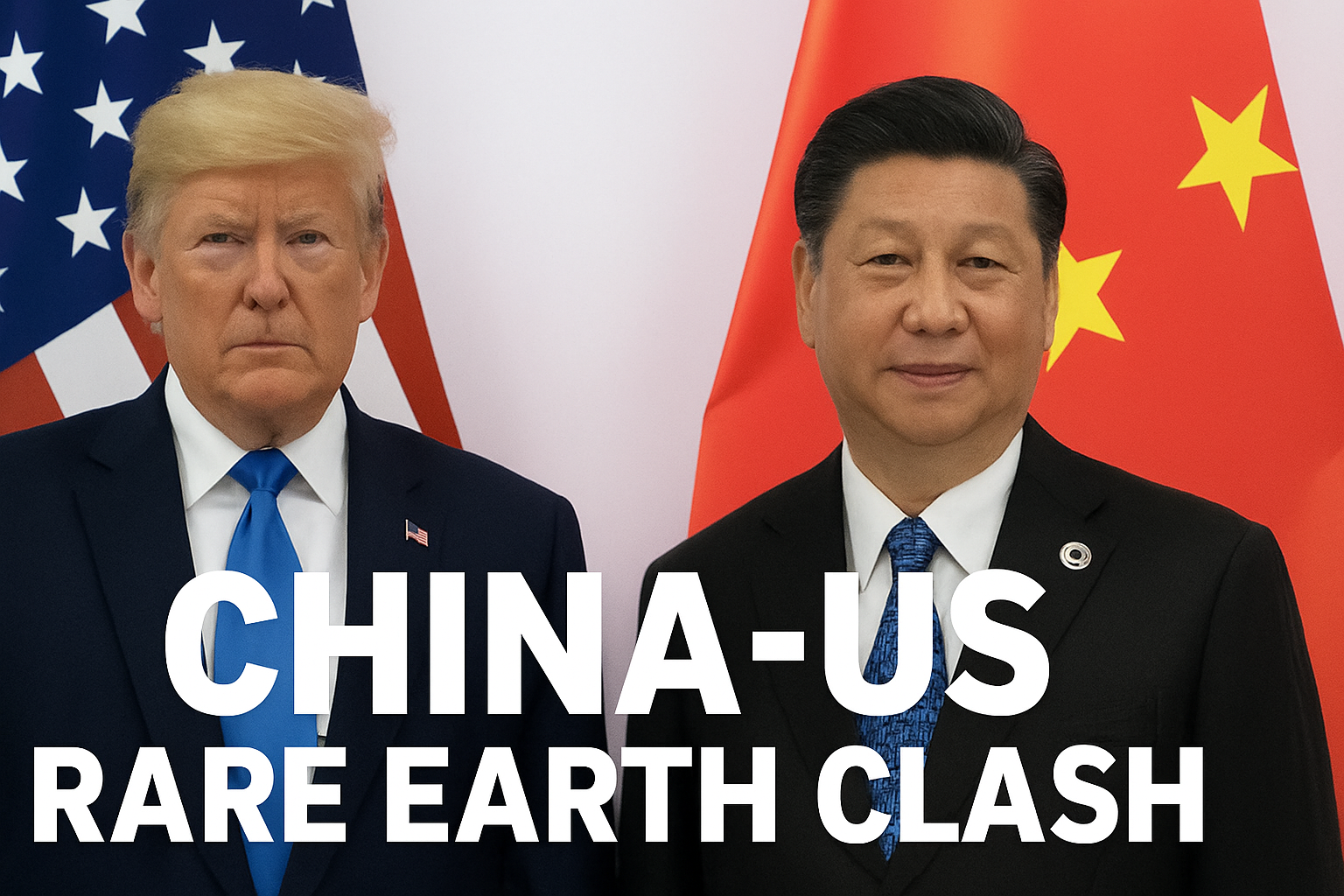
India’s school curriculum is undergoing a paradigm shift. The new Class 8 science textbook released by NCERT (National Council of Educational Research and Training) presents an interesting fusion of ancient Indian discoveries with modern scientific concepts. Titled Curiosity: Science Textbook for Class 8, the 228-page book includes thirteen chapters and is aligned with the National Education Policy 2020 and the National Curriculum Framework for School Education 2023. While the approach is innovative and culturally enriching, it raises an important question: can this fusion genuinely enhance scientific understanding among students, or does it risk blurring the line between culture and science?
A Journey into India’s Scientific Past
The new textbook introduces students to a variety of ancient Indian contributions to science, especially in the chapters Ever Heard Of? and Our Scientific Heritage. It talks about Acharya Kanad, a philosopher from ancient India who proposed the concept of Parmanu, or atoms. Kanad’s belief that matter is composed of indivisible particles sounds strikingly similar to what students today learn about atoms in modern chemistry. Similarly, students learn about Bhaskaracharya’s water clock and astronomical techniques, both of which reflect the scientific spirit of ancient India.
The textbook also includes references to Ayurveda. It mentions the medicinal use of natural solvents like oils and water and explains how alloys such as Kamsya (a mix of copper and tin) were used for healing and ritual purposes. One fascinating example is how ancient Indians practiced a technique called variolation to prevent smallpox. This method involved scratching the skin and introducing material from smallpox sores to create immunity, a concept remarkably similar to how vaccines work today.
An Inquiry-Based Learning Approach
The book’s authors claim that this approach supports experiential learning. Students are encouraged to ask questions, think critically, and apply scientific concepts in real-world situations. The curriculum also includes chapters on health, the environment, chemistry, biology, and astronomy. For instance, the chapter Keeping Time with the Skies introduces students to Taittiriya Samhita’s description of the Sun’s movement and links it with Indian Space Research Organisation’s projects like Chandrayaan, Mangalyaan, and Aditya L1. These chapters aim to show students how India’s traditional knowledge systems contributed to modern scientific efforts.
Yet, one must ask: does this integration of heritage and science actually make students better learners?
A Critical Look at the Classroom
The integration of traditional knowledge with modern science has its strengths. For one, it helps students appreciate India’s long-standing history of scientific inquiry. This kind of cultural rootedness can instill a sense of pride and identity among young learners. It also makes science feel more familiar and relatable, especially for students in rural areas or those from backgrounds where modern science feels disconnected from daily life.
However, this model raises several academic concerns. Scientific education must be rooted in evidence, logic, and reproducibility. Many traditional practices, though valuable historically, do not always meet these modern criteria. For example, while the textbook talks about Ayurvedic formulations and ancient alloys, it does not always provide clear scientific validation of their effectiveness. Simply stating that an ancient method was “used for healing” does not mean it is scientifically accurate or safe by today’s standards. Without critical analysis and scientific backing, students might start to accept cultural beliefs as unquestioned truths.
There is also a risk of overcrowding the syllabus. Students already struggle to understand core concepts in physics, chemistry, and biology. Adding historical content without sufficient context or comparison might distract rather than enhance learning. While integrating heritage into science might inspire curiosity, it should not come at the cost of scientific clarity.
What Works and What Needs Attention
The textbook does well in sections where it draws parallels between traditional ideas and modern concepts. For instance, linking Acharya Kanad’s atomic theory with modern particle physics provides historical context without compromising scientific integrity. The segment on space research connects early ideas of celestial bodies with real ISRO missions, which can help students see science as a continuous journey rather than a recent invention.
However, the textbook could improve by clearly differentiating between belief and scientific evidence. A better approach would be to present traditional practices as early observations or hypotheses, followed by the modern scientific methods used to test or refine them. This approach helps students understand not only facts but also the process of scientific discovery — questioning, testing, and validating.
The book also needs to include more references to contemporary Indian scientists. While it highlights ancient contributions, it often misses the opportunity to mention modern Indian researchers who have advanced fields like medicine, physics, environmental science, and space exploration. Celebrating today’s scientists would make the book feel more current and show students that science in India is still growing and evolving.
A Promising Start That Requires Careful Execution
The NCERT’s new textbook represents a bold and thoughtful experiment in curriculum design. It recognizes that India’s scientific heritage has long been underplayed in formal education and attempts to correct that by making it a central part of the learning experience. The goal of the National Education Policy 2020 is to help students become global citizens while staying connected to their cultural roots. This textbook follows that vision with intent.
Yet, for this model to succeed, teachers must be trained to balance science and tradition in the classroom. They need to help students understand what qualifies as evidence and what belongs to cultural memory. If handled well, the book can help young learners become critical thinkers who respect tradition while contributing to modern science.
Curiosity, the new Class 8 science book, is an imaginative step forward. It seeks to make science personal and meaningful by placing it within the Indian context. But its success depends not only on its content, but also on how it is taught. If used with care and thoughtful guidance, it has the potential to transform science education in India.


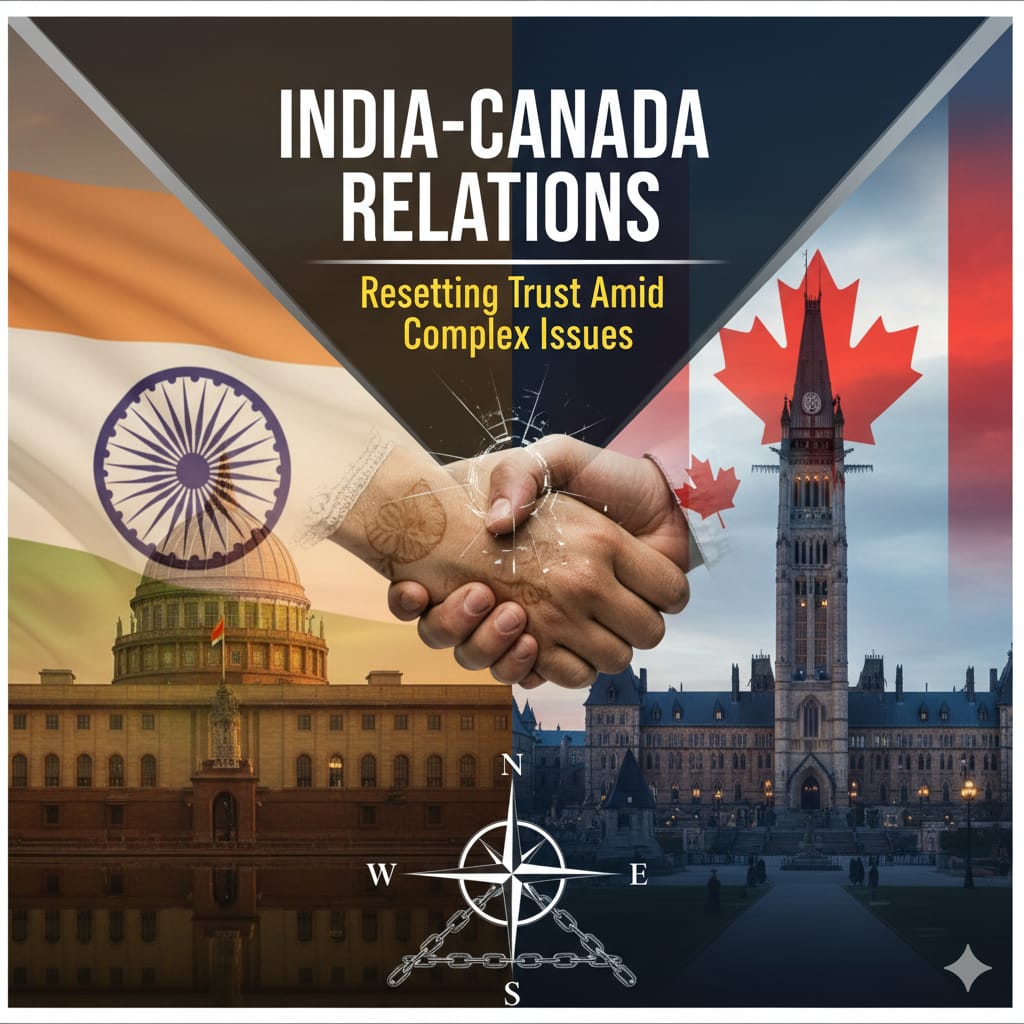
.jpeg)



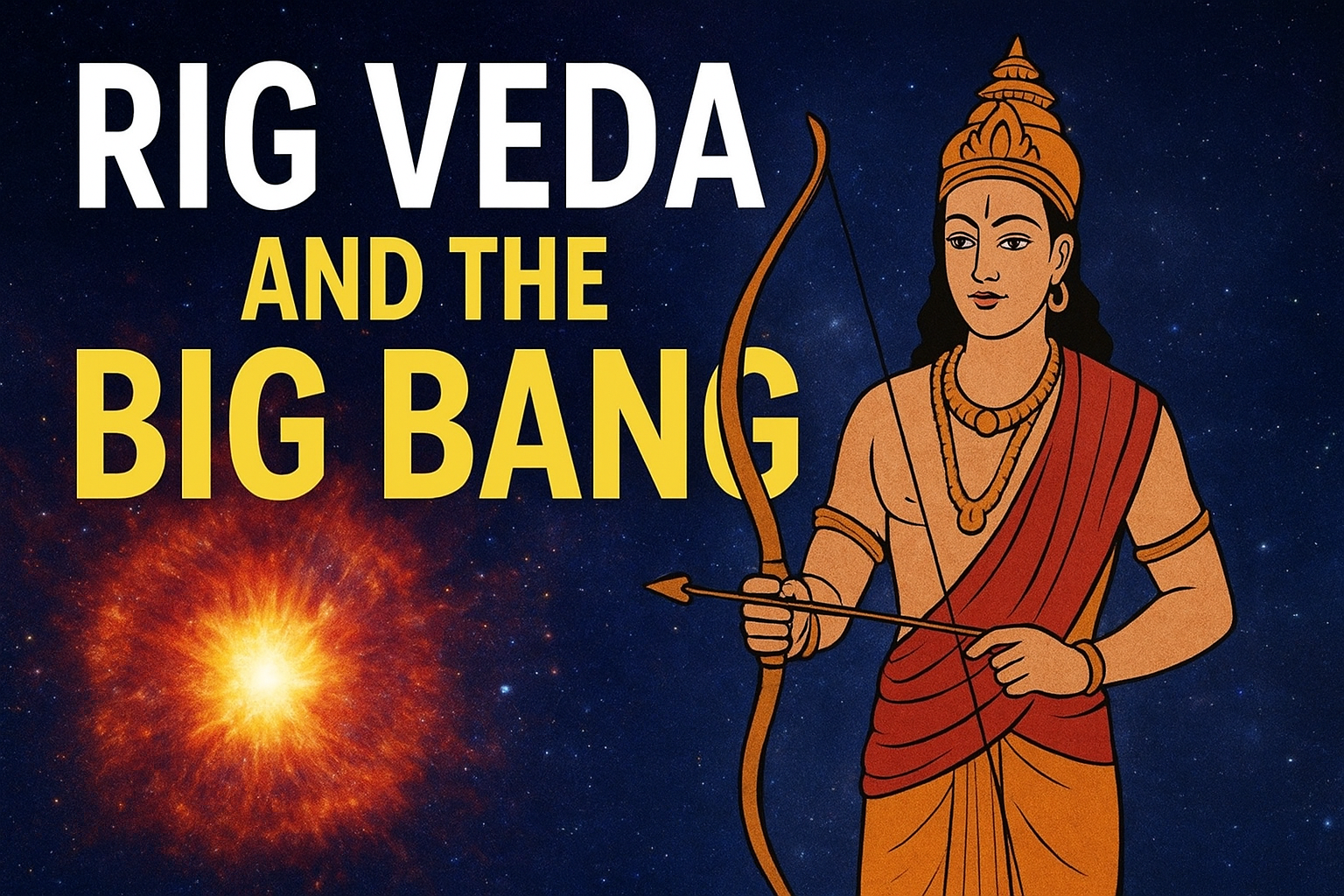
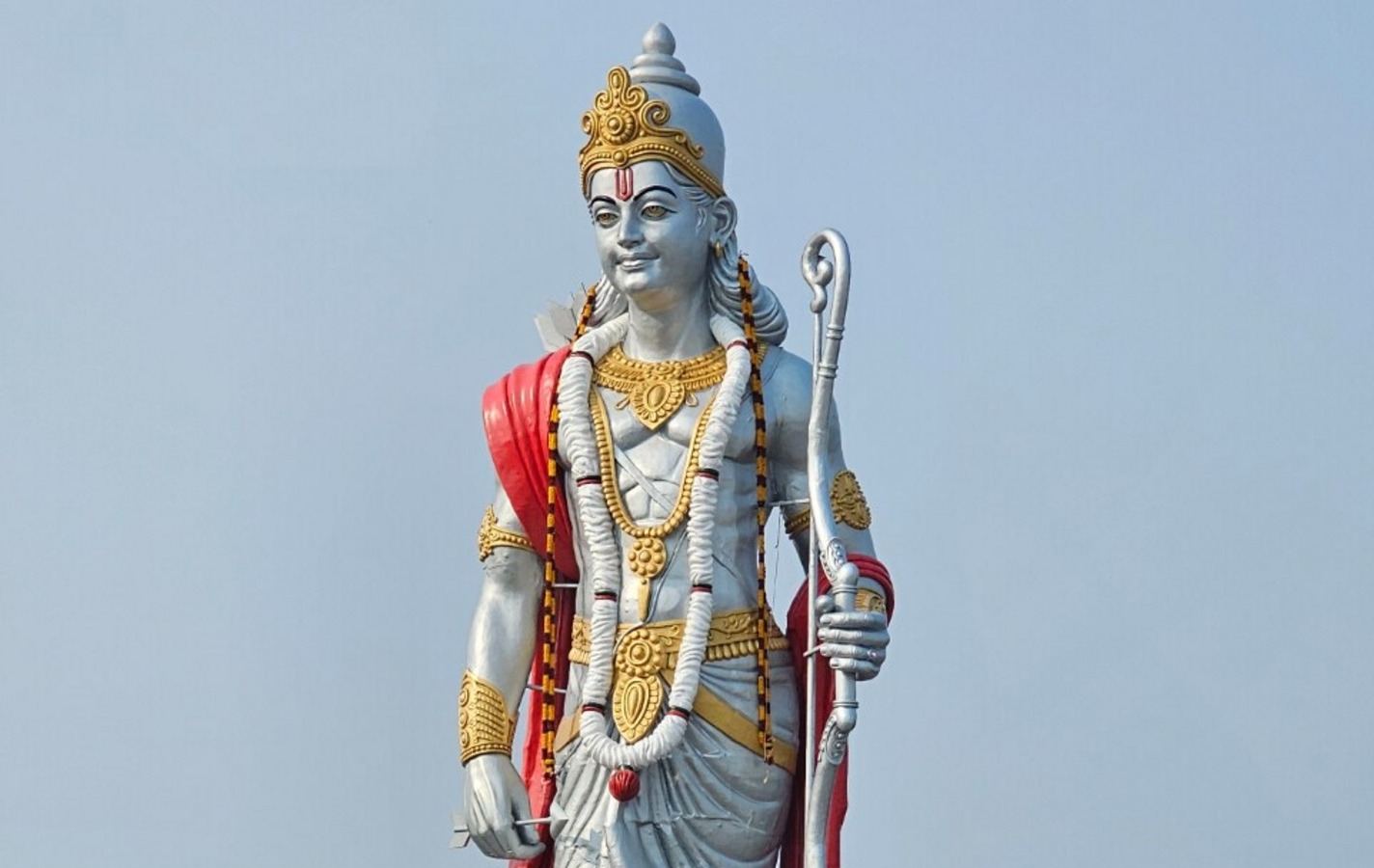
.jpeg)
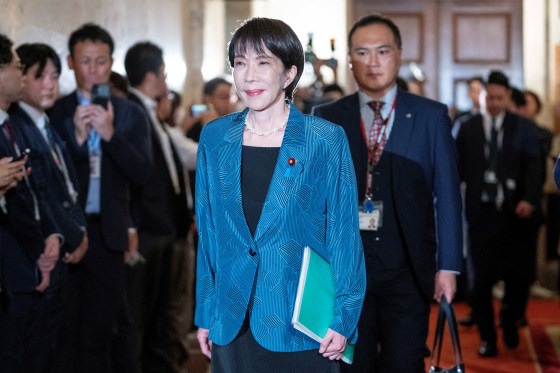


.jpeg)



.jpeg)
.jpeg)
.jpeg)
